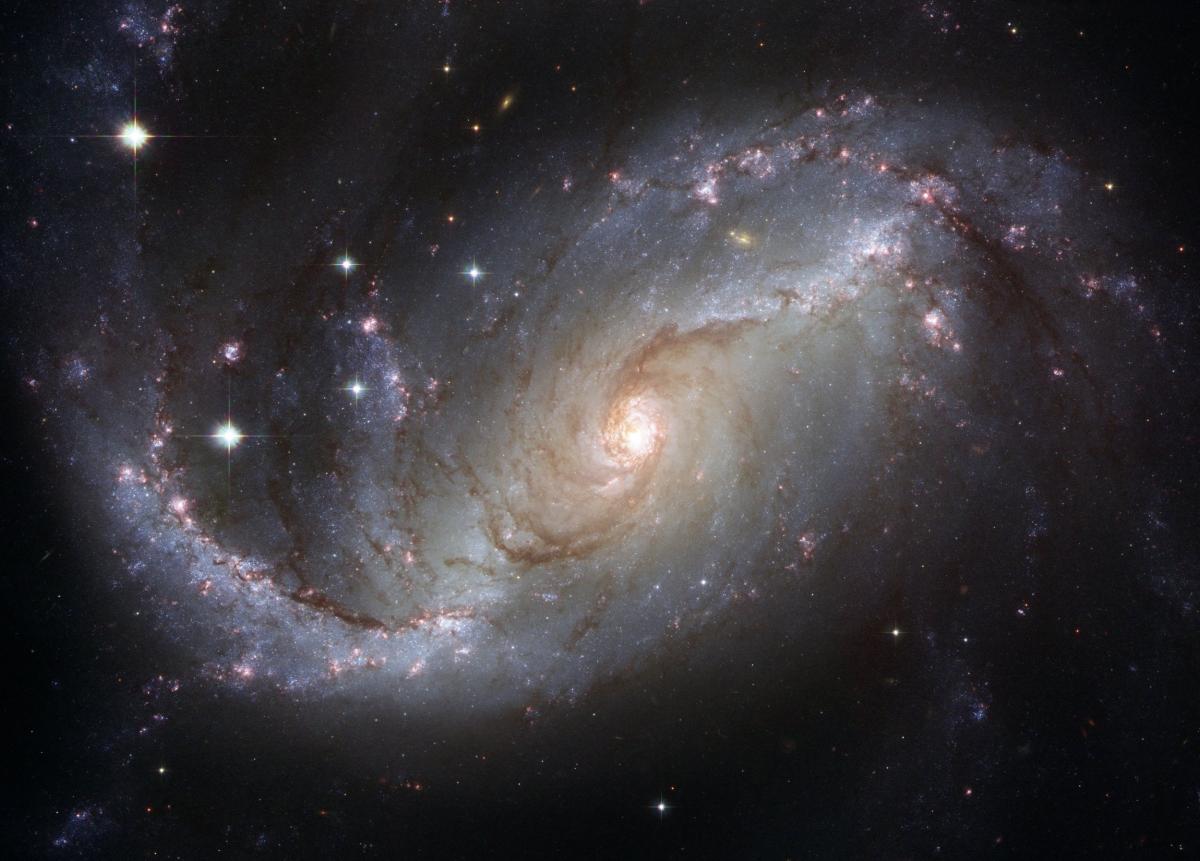
Solar Array
by Victoria Rackley
This lesson is focused on solar energy, students engage in a hands-on exploration of photovoltaic cells, motors, and light bulbs to investigate the correlation between light intensity and solar power generation. Beginning with an introduction to photovoltaic technology, students learn how solar cells convert light into electrical energy. They then assemble a simple circuit comprising a photovoltaic cell, a small motor, and a light bulb. By varying the light intensity using adjustable lamps or sunlight at different times of day, students observe how changes in light intensity affect the motor's speed and the brightness of the light bulb. Through this experiment, they gain a practical understanding of solar energy's dependence on light intensity and its application in renewable energy systems.
Lesson Plan Link/URL
https://docs.google.com/presentation/d/1ljSzzSJ7sHTP-BCilsGUT0W0ZQgi_YlO/edit?u…Related Content

Grades:
7th Grade, 8th Grade, 9th Grade, 10th Grade, 11th Grade, 12th Grade
This two-part lesson models STEM instruction in the context of an ELD classroom. In this lesson (part 2), students pose a research question about clouds, weather, and/or climate, and address it with

Grades:
7th Grade, 8th Grade, 9th Grade, 10th Grade, 11th Grade, 12th Grade
This engaging lesson is an introductory lesson regarding the size and scale of the Universe and objects within. This was designed for high school Astronomy but is easily useable with ages down through

Grades:
9th Grade, 10th Grade, 11th Grade, 12th Grade
In this lesson, students explore glow-in-the-dark materials using regular flashlights and UV flashlights. They then add phosphorescence and the emission of EM energy to previous models of light and